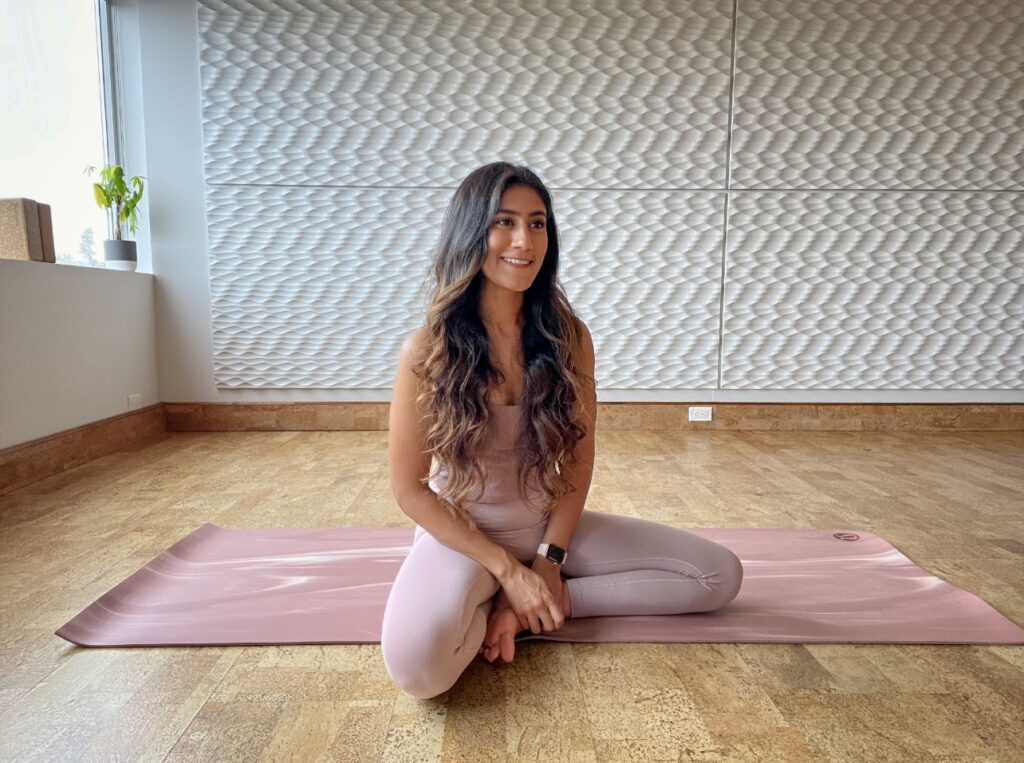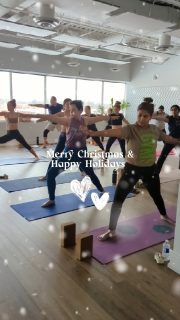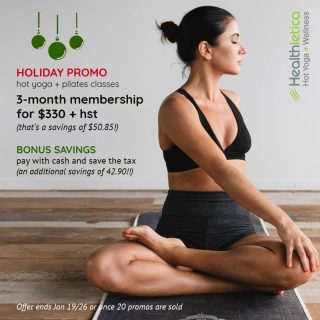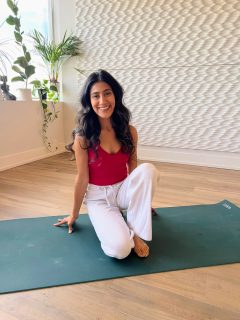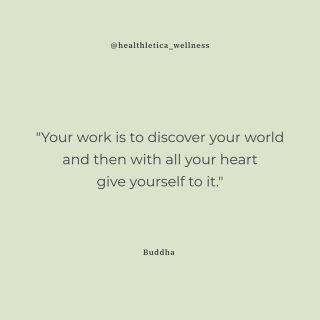Article written by Aasia Ghauri, Pilates Instructor & Registered Health + Fitness Practitioner. Find the original article on Aasia’s blog, Ageing Gracefully.
One of the questions I commonly get asked as a Pilates instructor is: “What is Pilates?” In today’s post, I am discussing the fundamental differences between yoga and pilates, what they share in common, and how adding pilates to your exercise routine can strengthen your yoga practice and improve your overall quality of life.
Yoga and pilates are often grouped together into the same category of exercise; although they share some similarities, both disciplines provide unique benefits to both physical and mental health.
Pilates
Pilates – originally developed by Joseph Pilates during the first world war – was created to rehabilitate injured patients. His method was first implemented by attaching bed springs to hospital beds to support patients’ limbs. Since that time, much of the discipline has evolved, however, the fundamentals of Pilates – building core strength, working the abdominal muscles and strengthening other muscle groups, has remained relatively the same.
Pilates is a practice that can be easily adapted to cater to all individuals. Exercises can be modified to provide either a gentle stretch for beginners or they can be adapted to be more challenging for trained individuals. Pilates mat classes are the most accessible form of Pilates, since they use body weight (or free weights) for exercises, while the Reformer adds resistance via the use of springs.
Traditional pilates is composed of approximately 50 exercises. All Pilates exercises flow from the “five essentials:” breathing, cervical alignment, rib and scapular stabilization, pelvic mobility and utilizing the transverse abdominis (Kloubec, 2019). There’s a heavy emphasis placed on moving through the exercises with controlled breath, working with controlled range of motion, and maintaining core stability throughout.
Benefits of Pilates:
- Increases strength and endurance
- Increases flexibility and mobility
- Improves posture
- Improves balance and lumbo-pelvic stability
Multiple studies have explored the benefits of pilates for physical rehabilitation – they concluded that performing pilates reduced pain in individuals with various conditions. One of the studies found that “pilates reduced pain and disability in individuals with a variety of conditions, including back pain, neck pain, scoliosis, and MS” (Sachdev, 2021).
Yoga
Yoga is a mindfulness practice that connects movement with breath. It is an ancient practice with its roots dating back to Northern India over 5,000 years ago. At its core, yoga combines physical postures and breathing techniques, and it promotes physical and mental well-being.
There are many forms of yoga that vary in intensity – some are restorative and slow-paced, while other types of classes are fast-paced and physically challenging. Some popular types of classes include: ashtanga yoga, hatha yoga, yin yoga and vinyasa yoga; classes can be heated or unheated.
Similar to pilates, many studies indicate that yoga postures can reduce pain and disability and increase flexibility and mobility in people with a number of conditions causing chronic pain (Bayly, 2022).
The International Journal of Yoga found that practicing yoga and meditation can help manage acute and chronic stress and help individuals overcome comorbidities associated with diseases.
Benefits of yoga:
- Improves flexibility and mobility
- Improves balanced
- Eases symptoms of menopause
- Reduces stress and anxiety
- Enhances sleep
Pilates vs Yoga: Which Is Better?
Pilates and yoga can complement each other because they’re both:
- Low-impact exercises
- Mind and body practices – meaning they focus on controlled breathing and they are meditative (they help relax the body and mind)
- They help reduce stress and anxiety
- Proven to increase strength – depending on the type of yoga you do (rigorous forms of yoga, such as Hatha and Ashtanga will create resistance, while Yin and Restorative will not)
- Proven to increase flexibility
In conclusion, pilates and yoga are both mindful practices that link movement to breath. They increase strength, flexibility and mobility, and studies show that they also improve mood and help alleviate stress and anxiety. Both styles of workouts require little to no equipment (outside the use of a mat). The exercises can be adapted to be less-intense and easier to perform for beginners, or can be progressed to be made more-challenging to cater to trained individuals.
People who regularly practice yoga will find that by adding pilates into their workout routine will enhance their practice – they’ll notice an increase in core strength, increased awareness of alignment, and improvement in their posture and flexibility.
Join us at Healthletica
At Healthletica we offer a variety of yoga classes plus pilates! Take a look at our schedule to learn more about our classes.
It is important to remember that while yoga and pilates are low-risk activities, performing the moves improperly could cause injury or strain on the body. If you have concerns about your form, strength, or flexibility, Healthletica offers private yoga sessions and private pilates sessions so you can learn proper alignment for poses/exercises and modifications for your personal limitations. Healthletica also has an awesome physiotherapy AND personal training program that promotes strength and mobility training, so you can get even more benefits out of yoga and pilates!
